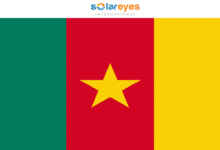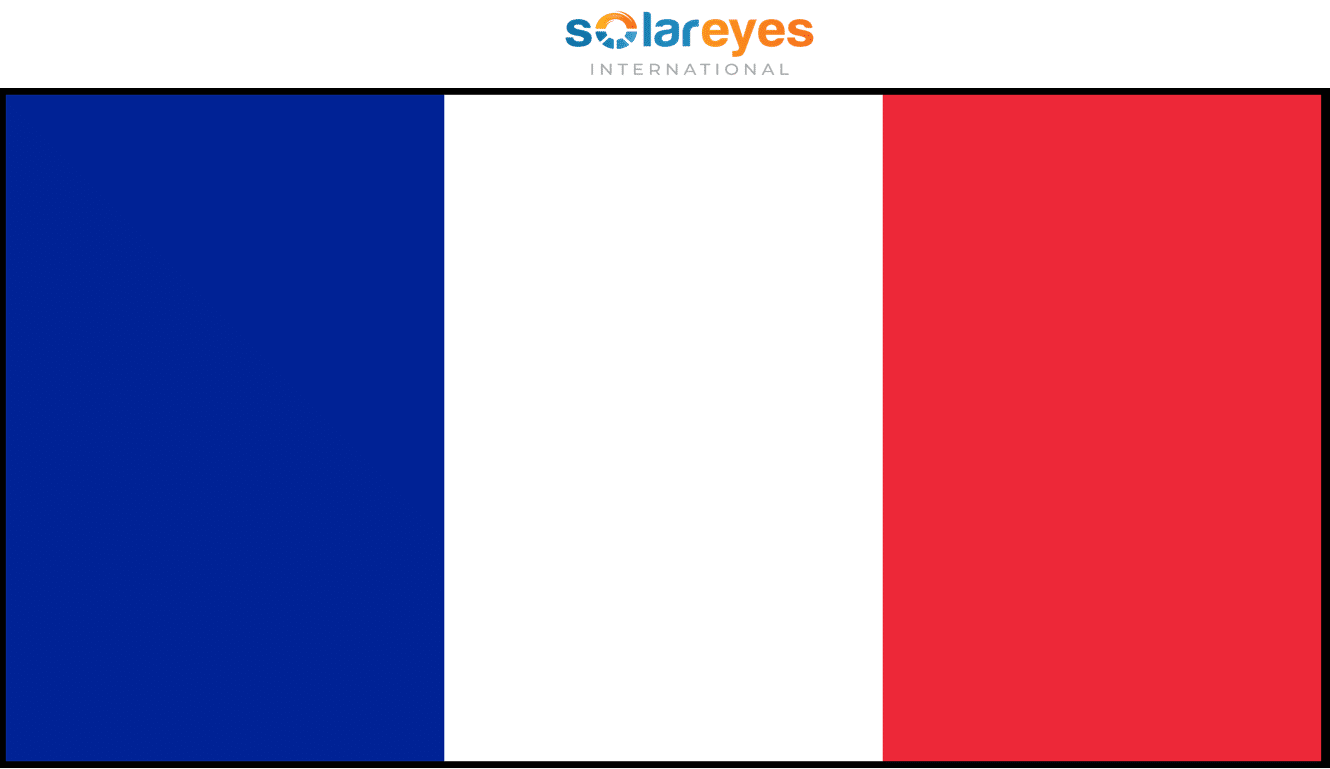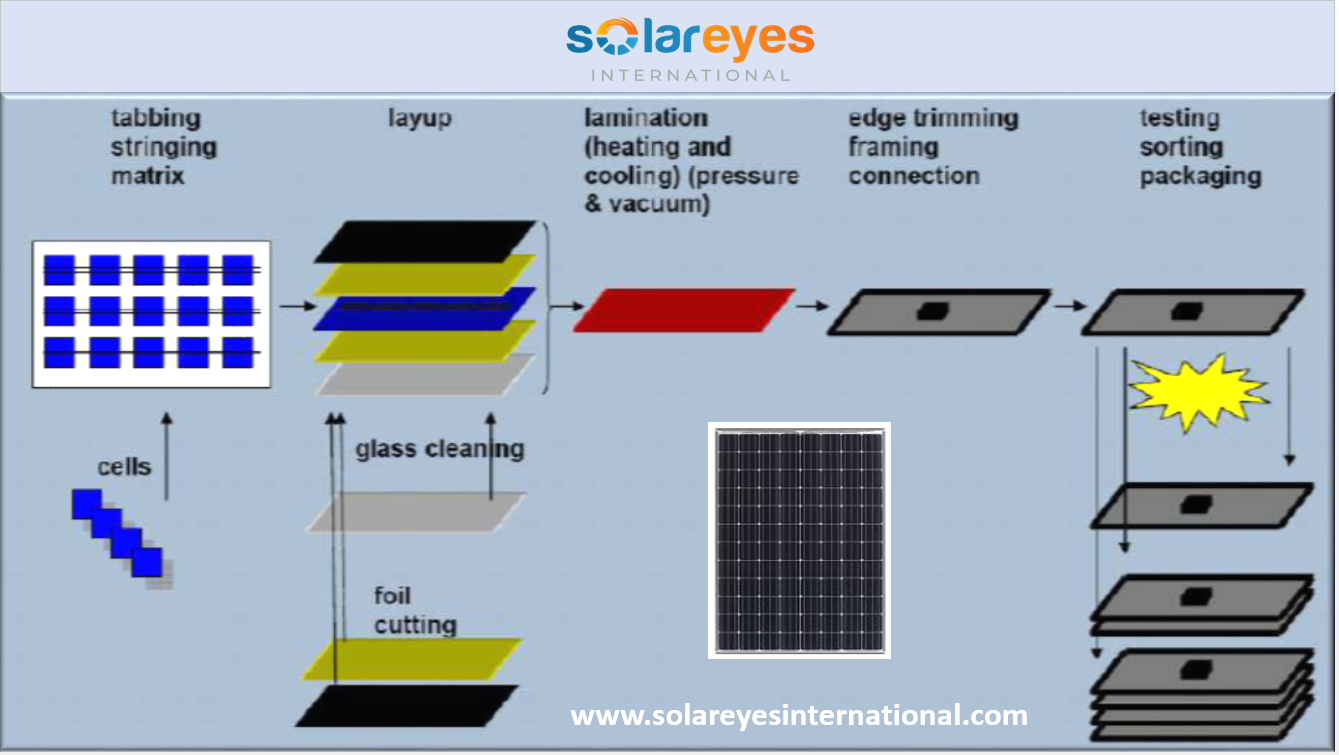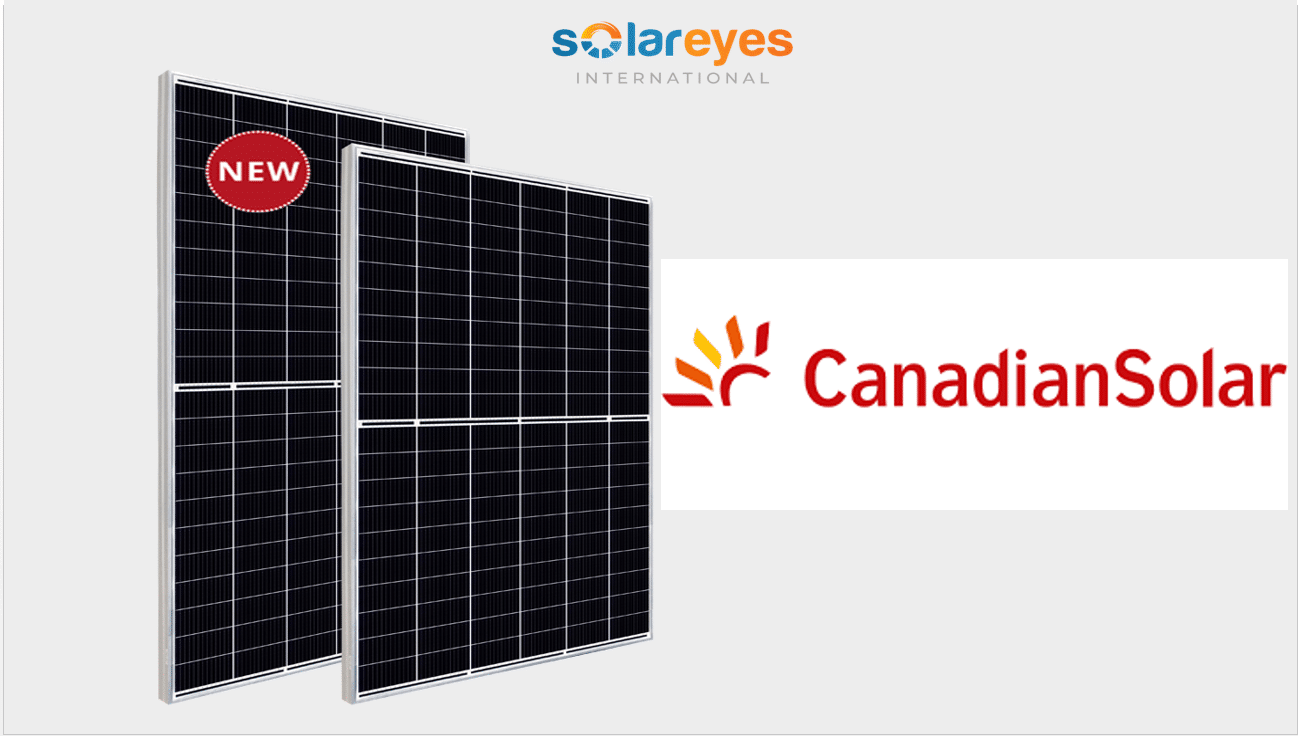Best Solar Cell Efficiency Chart – National Renewable Energy Laboratory(NREL)
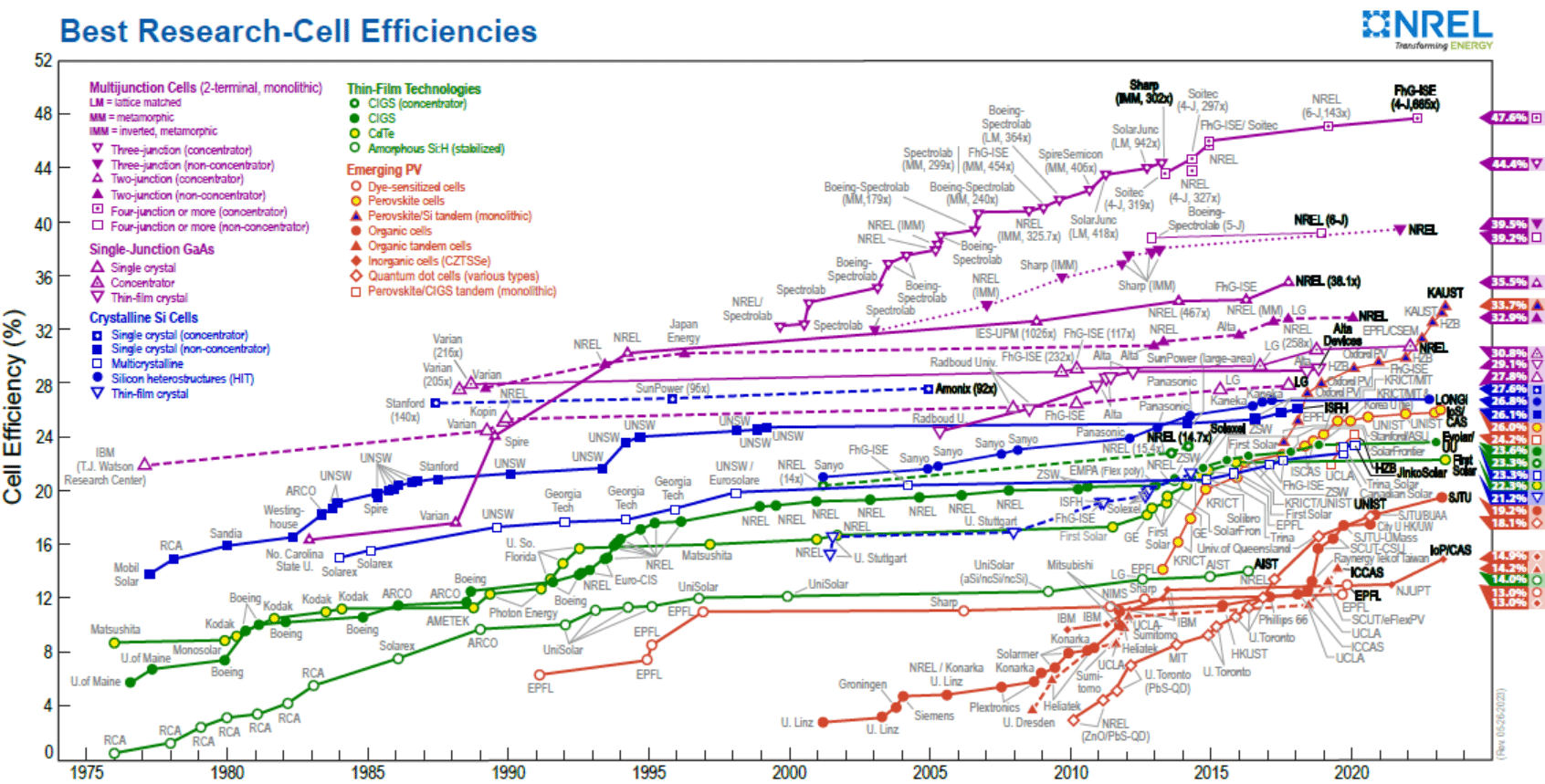
NREL Best Research-Cell Efficiency Chart
Are you a researcher or someone in the energy field and you are interested in knowing the current trends on solar cells efficiencies globally? Or you are just interested in knowing the global efficiencies on different types of solar cells? Good news for you as today we are going to give you the information you need to be able to track solar cell efficiencies globally through the best solar cell efficiency chart.
The National Renewable Energy Laboratory(NREL) maintains a chart of the highest confirmed conversion efficiencies for research cells for a range of photovoltaic technologies, plotted from 1976 to the present.
***ALSO CHECK: Solar Panel Frequently Asked Questions(FAQs) – solar panel FAQs
Below is a chart showing different types of solar cells and their respective efficiency journeys.
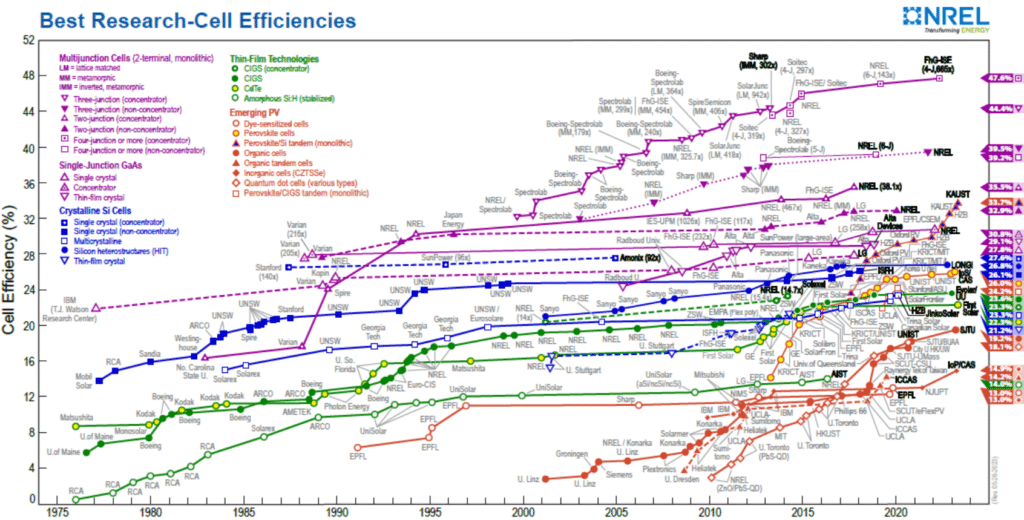
Here is the link to the NREL chart and information on solar cells. Please note that this information is always being updated with new information for it to reflect the latest development.
***ALSO CHECK: 20 INTERESTING FACTS ABOUT SOLAR ENERGY – you probably don’t know them
If you are a credible laboratory that works on solar cells research NREL can help your team with certified efficiency measurements.
Download technology-specific charts:
Single-junction gallium arsenide cells
Cell Chart Explanatory Notes
Devices included in this chart of the current state of the art have efficiencies that are confirmed by independent, recognized test labs—e.g., NREL, AIST, JRC-ESTI, and Fraunhofer-ISE—and are reported on a standardized basis. The measurements for new entries must be with respect to Standard Test or Reporting Conditions as defined by the global reference spectrum for flat-plate devices and the direct reference spectrum for concentrator devices as listed in standards IEC 60904-3 edition 2 or ASTM G173. The reference temperature is 25°C, and the area is the cell total area or the area defined by an aperture.
Cell efficiency results are provided within families of semiconductors:
- Multijunction cells
- Single-junction gallium arsenide cells
- Crystalline silicon cells
- Thin-film technologies
- Emerging photovoltaics.
Some 28 different subcategories are indicated by distinctive colored symbols.
The most recent world record for each technology is highlighted along the right edge in a flag that contains the efficiency and the symbol of the technology. The company or group that fabricated the device for each most-recent record is bolded on the plot.
The information plotted by NREL is provided in good faith, but NREL cannot accept direct responsibility for any errors or omissions. The plot is not copyrighted and may be used in presentations and publications, with a notation that states: “This plot is courtesy of the National Renewable Energy Laboratory, Golden, CO.”
FOLLOW US ON SOCIAL MEDIA
Follow us on LINKEDIN, FACEBOOK, TELEGRAM GROUP and WHATSAPP.
*** ALSO CHECK: HOW TO SIZE A SOLAR SYSTEM – 5 clear steps anyone can follow
HOW TO START A SOLAR COMPANY – do these 6 things and make money through solar
How to Identify Fake Solar Products
SOLAR PANEL LOSSES: All you Need to Know + Tips on how to avoid them
SOLAR PV MODULE MANUFACTURING PROCESS EXPLAINED – from solar cells to solar panel
10 Surprising Ways Solar Energy Can Save You Money Today!
Opportunities for Solar Energy Development in Europe
FREE TOOLS to use for Solar Panel Tilt Angle Calculation and Installation – for any location
How Solar Panels Can Increase Your Home Value
HOW TO IDENTIFY FAKE SOLAR PRODUCTS – 6 things to check
Some Examples of where People have Fallen Victim to Fake Solar Products
How to Choose Solar Panel Brands
Top 10 Solar Panel Companies Driving the Renewable Energy Revolution
Solar Panel Frequently Asked Questions(FAQs) – solar panel FAQs
Does Cleaning Solar Panels Make a Difference?

